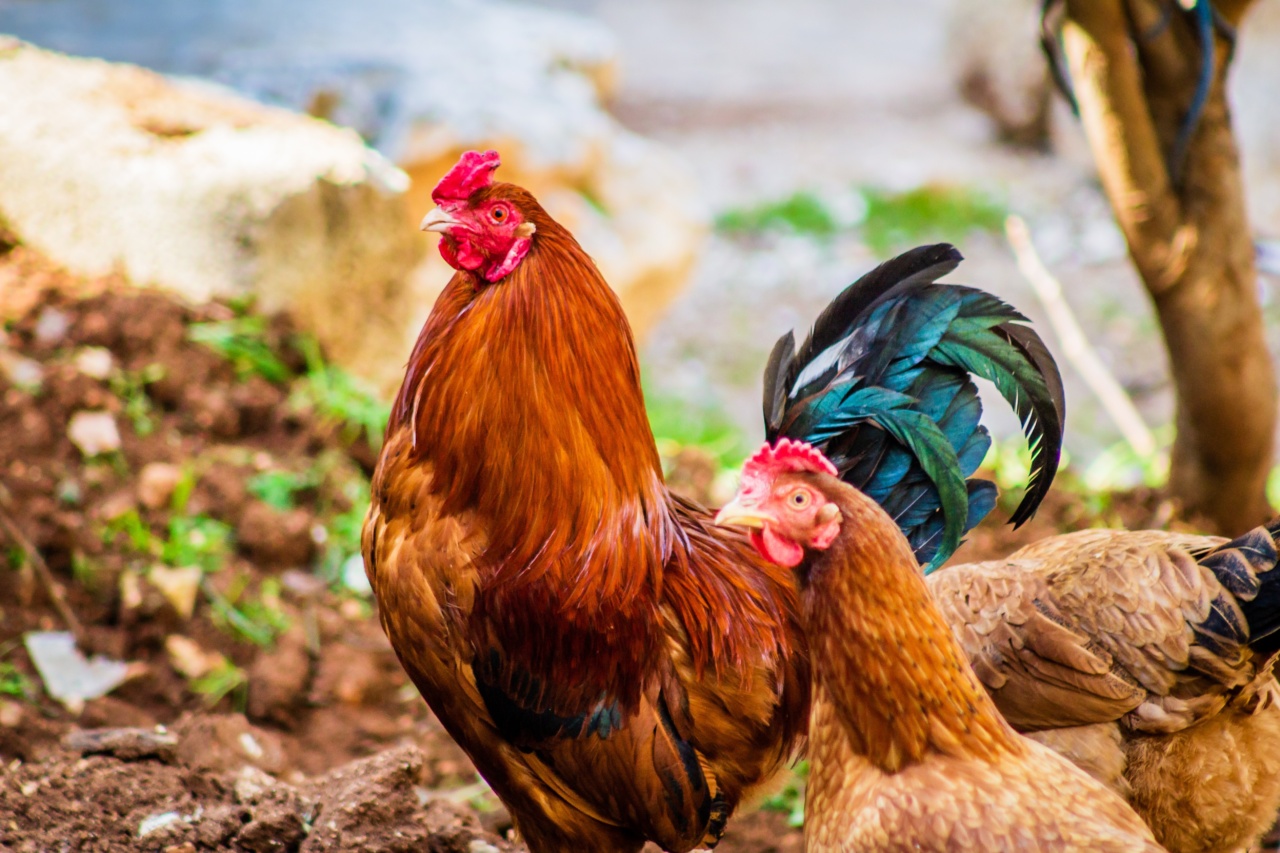As a parent, if you own chickens with your kids, it’s essential to know the difference between hens and roosters. Chicken sexing can be challenging if you are a novice, but there are some techniques to determine if your chicken is a rooster.
In this article, we will help you identify the sex of your chicken, specifically roosters.
Feather Development
Feather development can be the most apparent and earliest sign of determining your chicken’s sex. Roosters often grow shiny, longer, pointed feathers than hens at an earlier age. In contrast, hens develop soft, rounded, and dull colored feathers.
By four to six weeks, feather differences usually appear.
Behavioral Characteristics
Roosters tend to have stereotypical, distinct behavior traits such as crowing, spurring, and aggression. If you notice your chicken crowing at dawn, protecting their flock, or become aggressive to other chickens, it’s probably a rooster.
On the other hand, hens are less territorial and less vocal.
Differences in Body Shape
Another way to determine your chicken’s sex is by examining its body shape. Roosters appear tall and have a more angular body shape than hens. They have a longer, narrower body, and their tail extends higher than hens.
Roosters also have larger combs and wattles, which can develop significantly by four months.
Color Variations
Roosters and hens come in various colors, making it challenging to determine their sex based on their color. However, some particular breeds of chickens have distinct color variations that can indicate their sex.
For example: In Sussex, the female chickens have light colored feathers, and the males have dark colored feathers.
Pelvic Bones
Examining the pelvic area of your chicken can determine its sex accuracy. To do this, place your chicken in your lap, facing away from you. Your goal is to feel the pelvis area and determine if it’s wider or narrower.
Roosters tend to have narrow pelvic bones, whereas hens have more massive, round pelvic bones.
Saddle Feathers
Roosters grow saddle feathers, which is a type of curvy feather located near the base of its tail. This feather isn’t within the hens’ anatomy, making it a clear indication of your chicken’s sex.
Saddle feathers start growing on roosters when they are two to four months old. It’s common for some breeds to have saddle feathers that grow more prominently than others.
Comb and Wattle Development
Roosters’ combs and wattles grow bigger and faster than hens. The comb is the skin that runs across the top of the chicken’s head and holds the wattles on the bottom.
You can begin to observe the comb and wattle growth on your chickens when they are two to four weeks old. The roosters’ comb and wattles are typically larger than hens by the time they are six to ten weeks old.
Spurs
Roosters start growing spurs around six months of age. They are sharp, pointed growths located on the inside of the chicken’s leg, usually above the foot. They can grow up to several inches long and are clear indications of the rooster’s sex.
Hens do not develop spurs.
Egg Production
While the sex of your chicken doesn’t determine its ability to lay eggs, it can help to narrow down its sex. Hens lay eggs, whereas roosters don’t. If your chicken has begun to lay eggs, it’s likely a hen.
Conclusion
Knowing how to determine the sex of your child’s chicken is essential in properly raising and caring for them. Chickens can be a great experience for children and can teach them valuable lessons in responsibility, patience, and animal care.
By using the techniques mentioned above, you can identify your chicken’s sex with ease.































